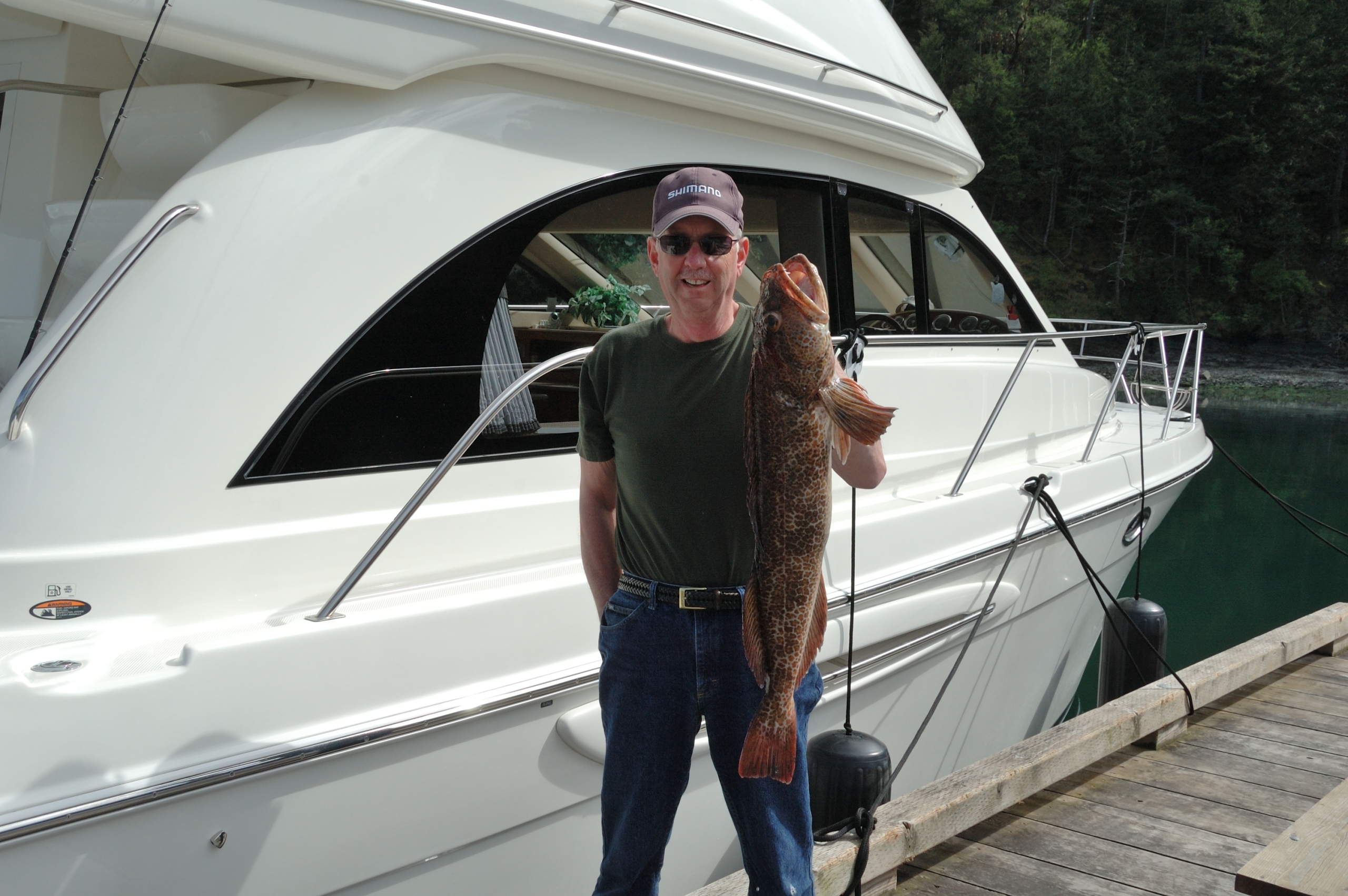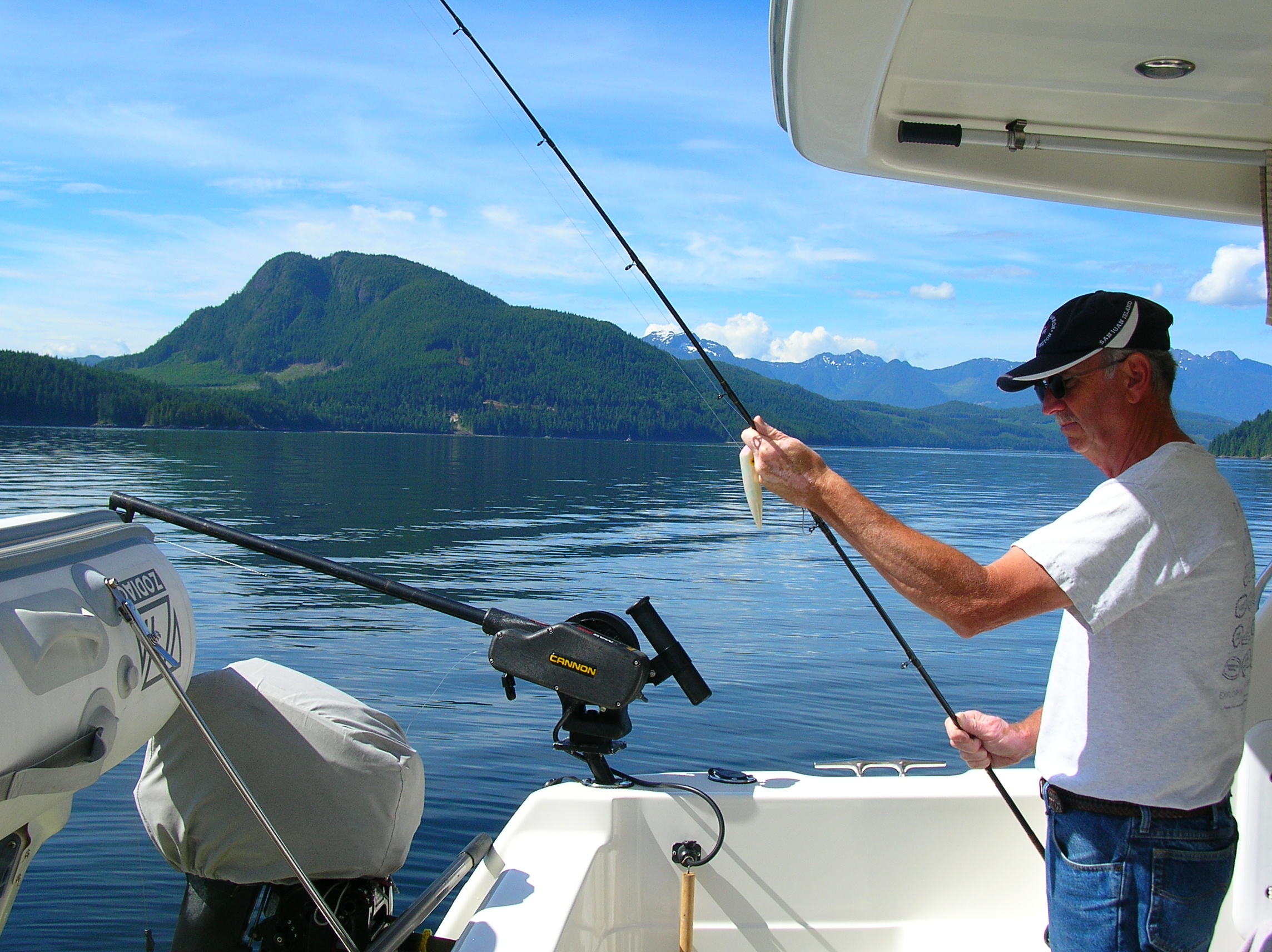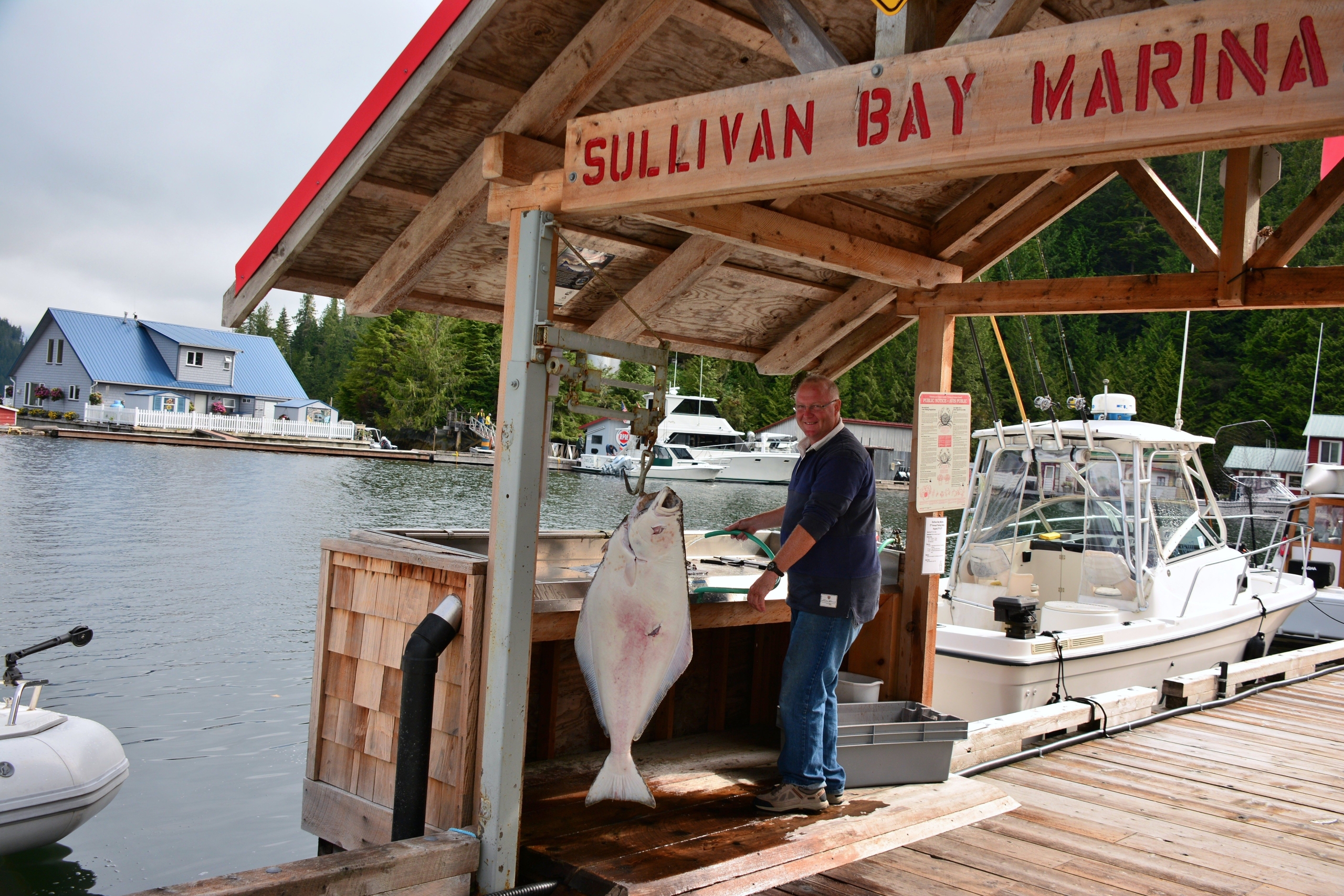Mastering Slack Current Fishing: Boost Your Catch Rate
13th October 2025
How Slack Current Fishing Can Improve Your Fishing Success
Fishing in British Columbia is both an art and a science, shaped by countless variables such as weather, location, and tidal movement. Anglers across Vancouver, Vancouver Island, and the Pacific Northwest are always searching for strategies to increase their odds of success. One often overlooked technique is fishing during the slack current. Understanding and timing your trip around slack tide can significantly boost your chances of catching salmon, lingcod, halibut, and other prized food fish.

What Is Slack Current?
Slack current—also known as slack tide—is the short period between ebb and flood tides when the water becomes calm or nearly still. This pause occurs just before the tide changes direction. For anglers, it creates unique opportunities, as both baitfish and larger predators behave differently in this window of slower water movement.
Why Fish During Slack Current?
-
Feeding Patterns: When currents slow, baitfish are less able to escape, making them easy prey for salmon and other predatory fish.
-
Reduced Water Turbulence: Calmer conditions allow fish to spot bait more easily, while anglers can present lures more naturally.
-
Concentration of Fish: During slack tide, salmon often hold near drop-offs, eddies, or underwater structure, giving anglers focused targets.
-
Higher Catch Rates: Many experienced anglers consistently report better results fishing slack tide.
How to Identify Slack Current Times
Check local tide charts or fishing apps to determine when slack current occurs in your area. These periods are usually short—often just 30 to 60 minutes. The best fishing action often happens immediately before and after slack tide, when fish become most active.
Best Techniques for Fishing Slack Current
-
Drift Fishing: Use lighter weights to let your bait drift naturally.
-
Trolling: Slow your trolling speed to mimic vulnerable baitfish.
-
Jigging: Vertical jigging can be highly effective in calmer water.
Gear Tips for Slack Current Salmon Fishing
-
Use lighter lines and natural-coloured lures in clear water.
-
Fish early morning or late afternoon to coincide with slack tide.
-
Keep hooks razor sharp for strong salmon strikes.
-
Add scent or brighter colours in murky water.
-
Stay mobile—fish move with the tide.
Location Matters
Target areas where salmon and other species congregate during tidal changes:
-
River mouths and estuaries
-
Points near deep water
-
Ledges, rocks, and underwater drop-offs
Frequently Asked Questions
How long does slack current last? Usually 30–60 minutes, depending on location and moon phase.
Is slack current always the best for salmon? Not always—salmon feed in moving tides too, but slack periods often make fishing easier and more productive.
Should I change lures during slack tide? Yes. Switch to slower presentations and lighter tackle to match calmer water.
Conclusion: Make Slack Current Work for You
Whether you’re fishing off Vancouver, exploring Vancouver Island’s coast, or heading north along British Columbia’s rugged shoreline, mastering slack current can dramatically improve your results. By learning how fish behave during tidal pauses, adjusting your techniques, and choosing productive locations, you can turn slack tide into one of your most reliable fishing strategies.
Next time you’re planning a trip, don’t overlook slack current—it could be the key to your best catch yet.




